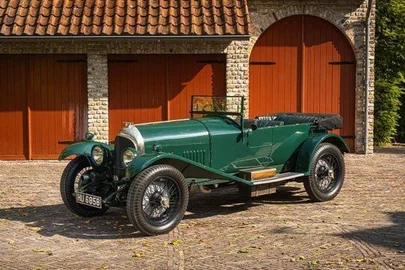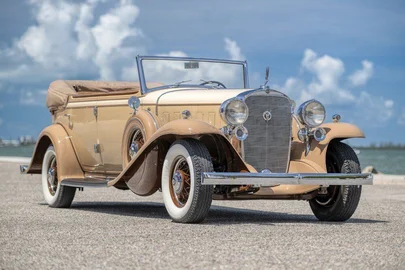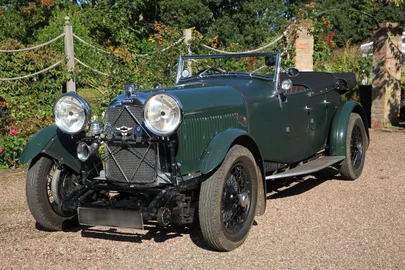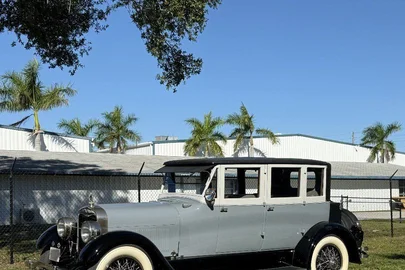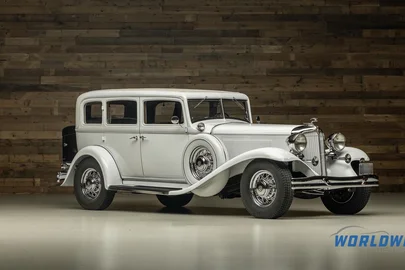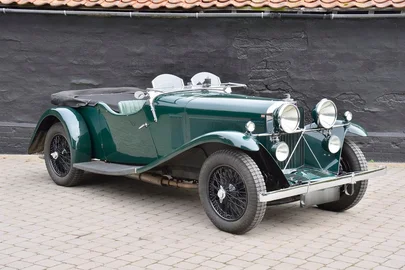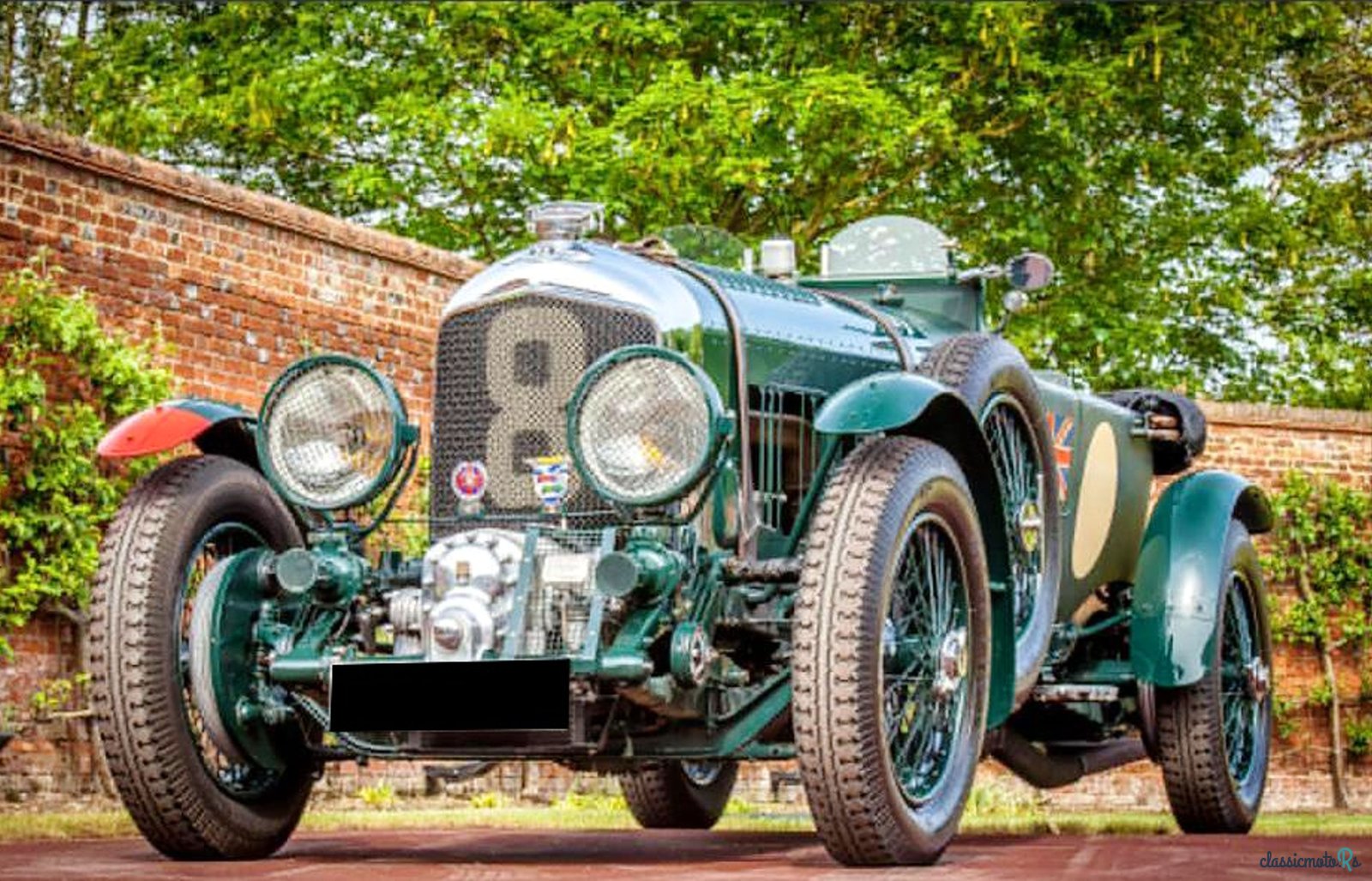

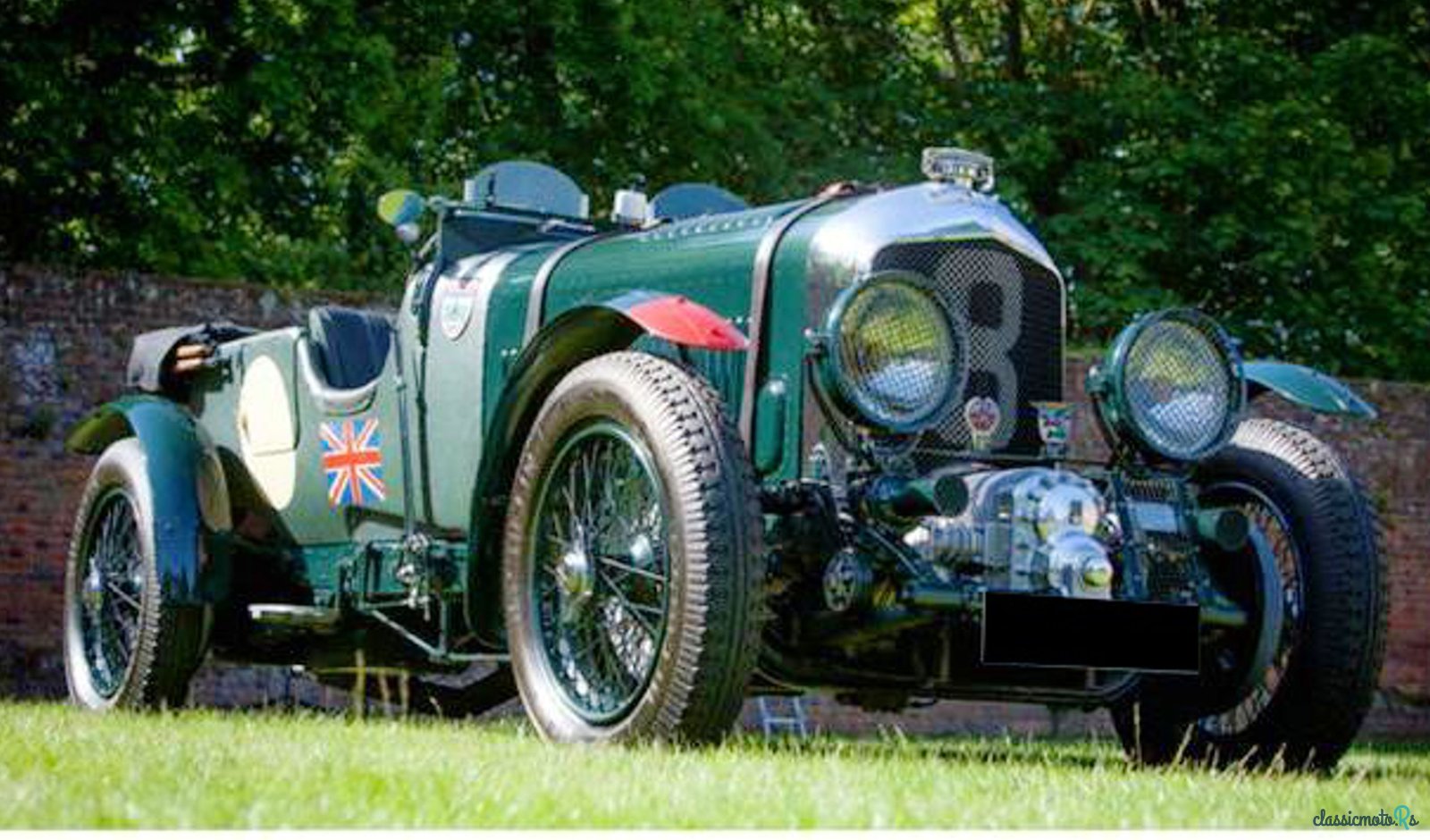

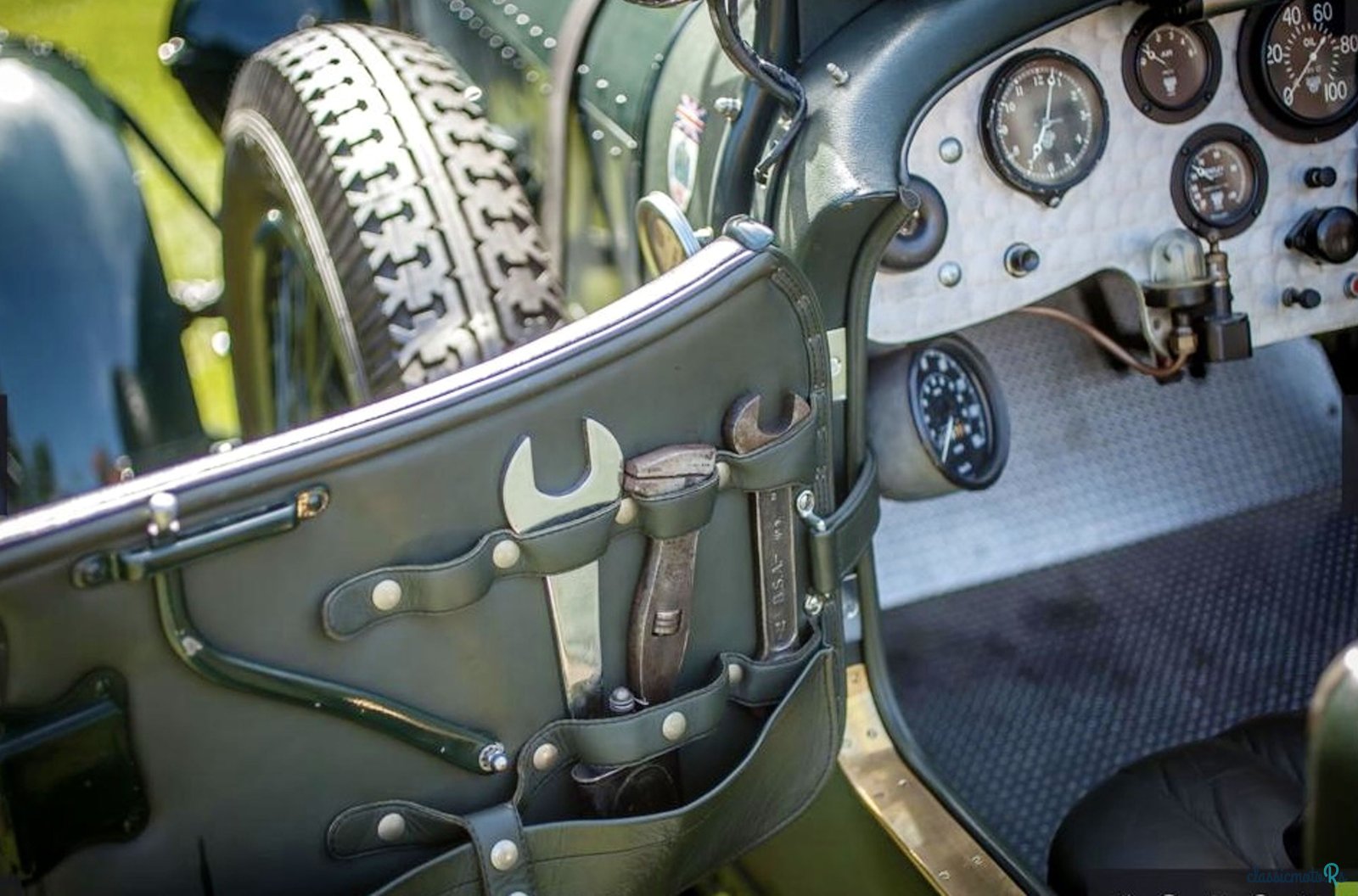

6 photos
1930' Bentley 4 1/2 Litre
Report This Ad!Rate This!Bookmark This
NegotiablePublished 5 August 2021ID: MulbHO
Expired
4 years, 4 months ago
4 years, 4 months ago
Information from the owner
Age: 91 years
Seller's comments about 1930' Bentley 4 1/2 Litre
1930 Bentley 4. 5 Litre Blower.
Sir Henry "Tim" Birkin, described as "the greatest British driver of his day" by W. O. Bentley, was one of the Bentley Boys. He refused to adhere strictly to Bentley's assertion that increasing displacement is always preferable to forced induction. Birkin, aided by a former Bentley mechanic, decided to produce a series of five supercharged models for the competition at the 24 Hours of Le Mans. Mercedes-Benz had been using superchargers for years.
Thus the 4½ litre Blower Bentley was born. The first supercharged Bentley had been a 3-litre FR5189 which had been supercharged at the Cricklewood factory in the winter of 1926/ 7. The Bentley Blower No. 1 was officially presented in 1929 at the British International Motor Show at Olympia, London. The 55 copies were built to comply with 24 Hours of Le Mans regulations. Birkin arranged for the construction of the supercharged cars having received approval from Bentley chairman and majority shareholder Woolf Barnato and financing from wealthy horse racing enthusiast Dorothy Paget. Development and construction of the supercharged Bentleys was done in a workshop in Welwyn Garden City by Amherst Villiers, who also provided the superchargers.
The essential difference between the Bentley 4½ Litre and the Blower was the addition of a Roots-type supercharger to the Blower engine by engineer Amherst Villiers, who had also produced the supercharger. W. O. Bentley, as chief engineer of the company he had founded, refused to allow the engine to be modified to incorporate the supercharger. As a result, the supercharger was placed at the end of the crankshaft, in front of the radiator. This gave the Blower Bentley an easily recognisable appearance and also increased the car's understeer due to the additional weight at the front. A guard protected the two carburetters located at the compressor intake. Similar protection was used, both in the 4½ Litre and the Blower, for the fuel tank at the rear, because a flying stone punctured the 3 Litre of Frank Clement and John Duff during the first 24 Hours of Le Mans, which contributed to their defeat.
The crankshaft, pistons and lubrication system were special to the Blower engine. It produced 175 hp (130 kW) at 3, 500 rpm for the touring model and 240 hp (180 kW) at 4, 200 rpm for the racing version, which was more power than the Bentley 6½ Litre developed.
In 2019–2020, Bentley scanned all 630 components that made up the Blower so that they could digitally re-create it and create 12 new models. In December 2020, Bentley Blower Car Zero, the first example of the Blower Continuation Series was presented. The car was built in Crewe according to the historic specifications and based on the production processes of that period.
Sir Henry "Tim" Birkin, described as "the greatest British driver of his day" by W. O. Bentley, was one of the Bentley Boys. He refused to adhere strictly to Bentley's assertion that increasing displacement is always preferable to forced induction. Birkin, aided by a former Bentley mechanic, decided to produce a series of five supercharged models for the competition at the 24 Hours of Le Mans. Mercedes-Benz had been using superchargers for years.
Thus the 4½ litre Blower Bentley was born. The first supercharged Bentley had been a 3-litre FR5189 which had been supercharged at the Cricklewood factory in the winter of 1926/ 7. The Bentley Blower No. 1 was officially presented in 1929 at the British International Motor Show at Olympia, London. The 55 copies were built to comply with 24 Hours of Le Mans regulations. Birkin arranged for the construction of the supercharged cars having received approval from Bentley chairman and majority shareholder Woolf Barnato and financing from wealthy horse racing enthusiast Dorothy Paget. Development and construction of the supercharged Bentleys was done in a workshop in Welwyn Garden City by Amherst Villiers, who also provided the superchargers.
The essential difference between the Bentley 4½ Litre and the Blower was the addition of a Roots-type supercharger to the Blower engine by engineer Amherst Villiers, who had also produced the supercharger. W. O. Bentley, as chief engineer of the company he had founded, refused to allow the engine to be modified to incorporate the supercharger. As a result, the supercharger was placed at the end of the crankshaft, in front of the radiator. This gave the Blower Bentley an easily recognisable appearance and also increased the car's understeer due to the additional weight at the front. A guard protected the two carburetters located at the compressor intake. Similar protection was used, both in the 4½ Litre and the Blower, for the fuel tank at the rear, because a flying stone punctured the 3 Litre of Frank Clement and John Duff during the first 24 Hours of Le Mans, which contributed to their defeat.
The crankshaft, pistons and lubrication system were special to the Blower engine. It produced 175 hp (130 kW) at 3, 500 rpm for the touring model and 240 hp (180 kW) at 4, 200 rpm for the racing version, which was more power than the Bentley 6½ Litre developed.
In 2019–2020, Bentley scanned all 630 components that made up the Blower so that they could digitally re-create it and create 12 new models. In December 2020, Bentley Blower Car Zero, the first example of the Blower Continuation Series was presented. The car was built in Crewe according to the historic specifications and based on the production processes of that period.



